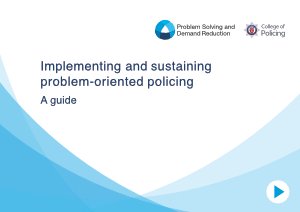United States. Cybersecurity & Infrastructure Security Agency; United States. Federal Bureau Of Investigation; United States. Election Assistance Commission; United States. Department Of Homeland Security
From the document: "The Federal Bureau of Investigation (FBI), in coordination with the Department of Homeland Security's (DHS) Office of Intelligence and Analysis (I&A), the Cybersecurity and Infrastructure Security Agency (CISA), and the U.S. Election Assistance Commission (EAC) prepared this overview to help partners defend against insider threat concerns that could materialize during the 2024 election cycle. For years, federal, state, local, and private sector partners nationwide have worked closely together to support state and local officials in safeguarding election infrastructure from cyber, physical, and insider threats. Because of these efforts, there is no evidence that malicious actors changed, altered, or deleted votes or had any impact on the outcome of elections. Over the past several years, the election infrastructure community has experienced multiple instances of election system access control compromises conducted by insider threats. While there is no evidence that malicious actors impacted election outcomes, it is important that election stakeholders at all levels are aware of the risks posed by insider threats and the steps that they can take to identify and mitigate these threats. This document outlines several recent examples of election security-related insider threats, discusses potential scenarios that could arise during the 2024 election cycle, and provides recommendations for how to mitigate the risk posed by insider threats."
United States. Cybersecurity & Infrastructure Security Agency; , et al. 2024. 9p





















